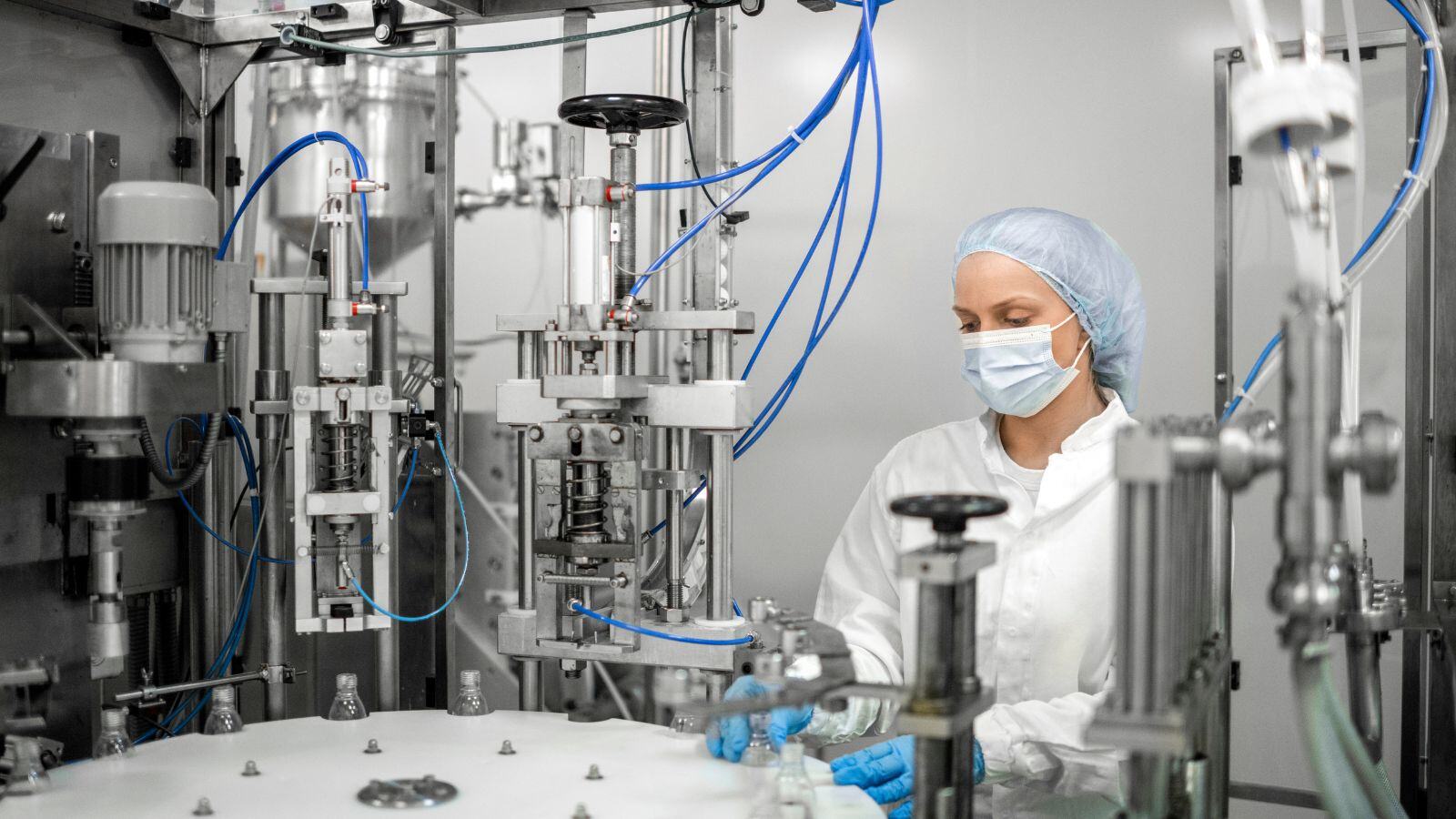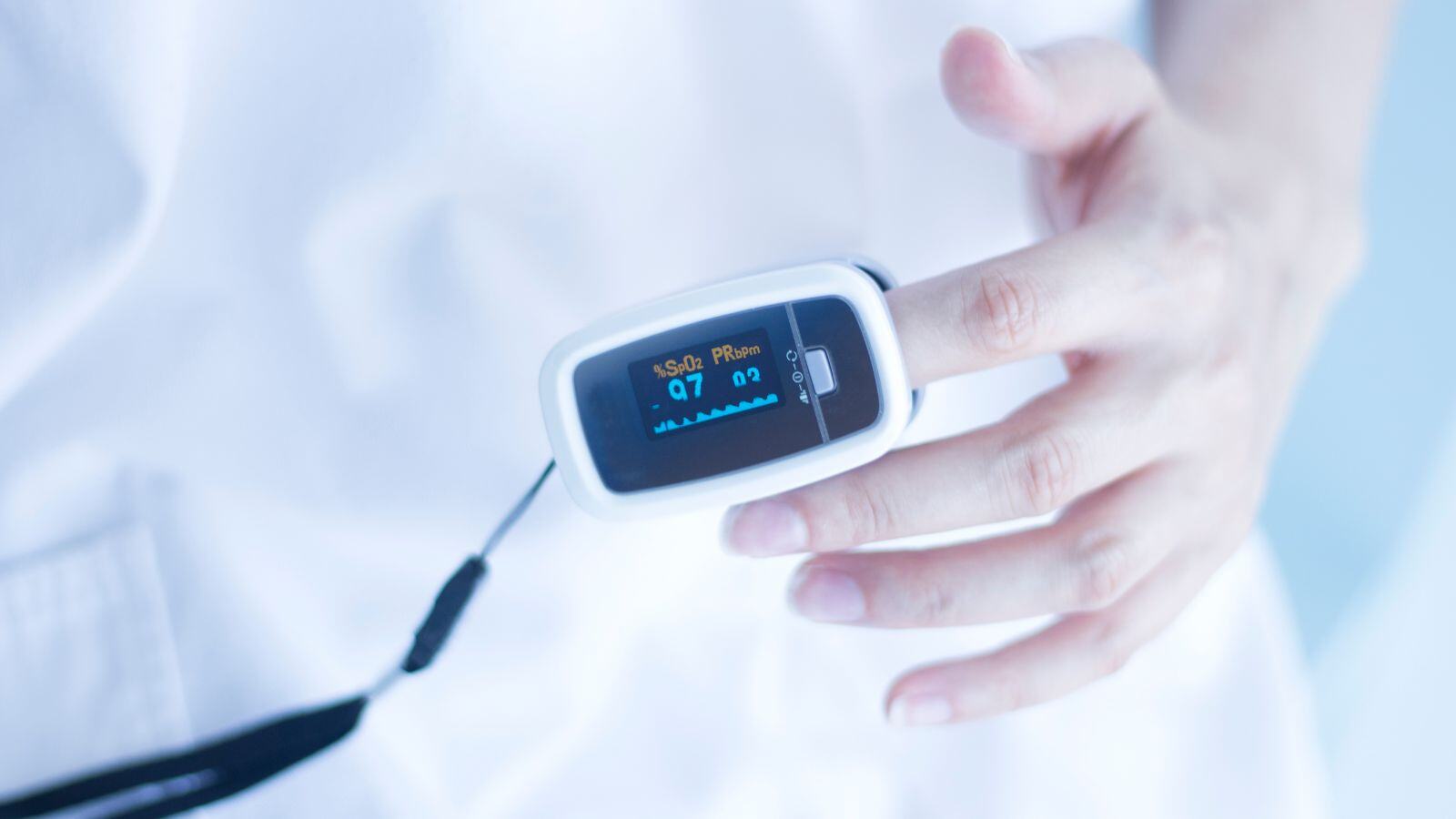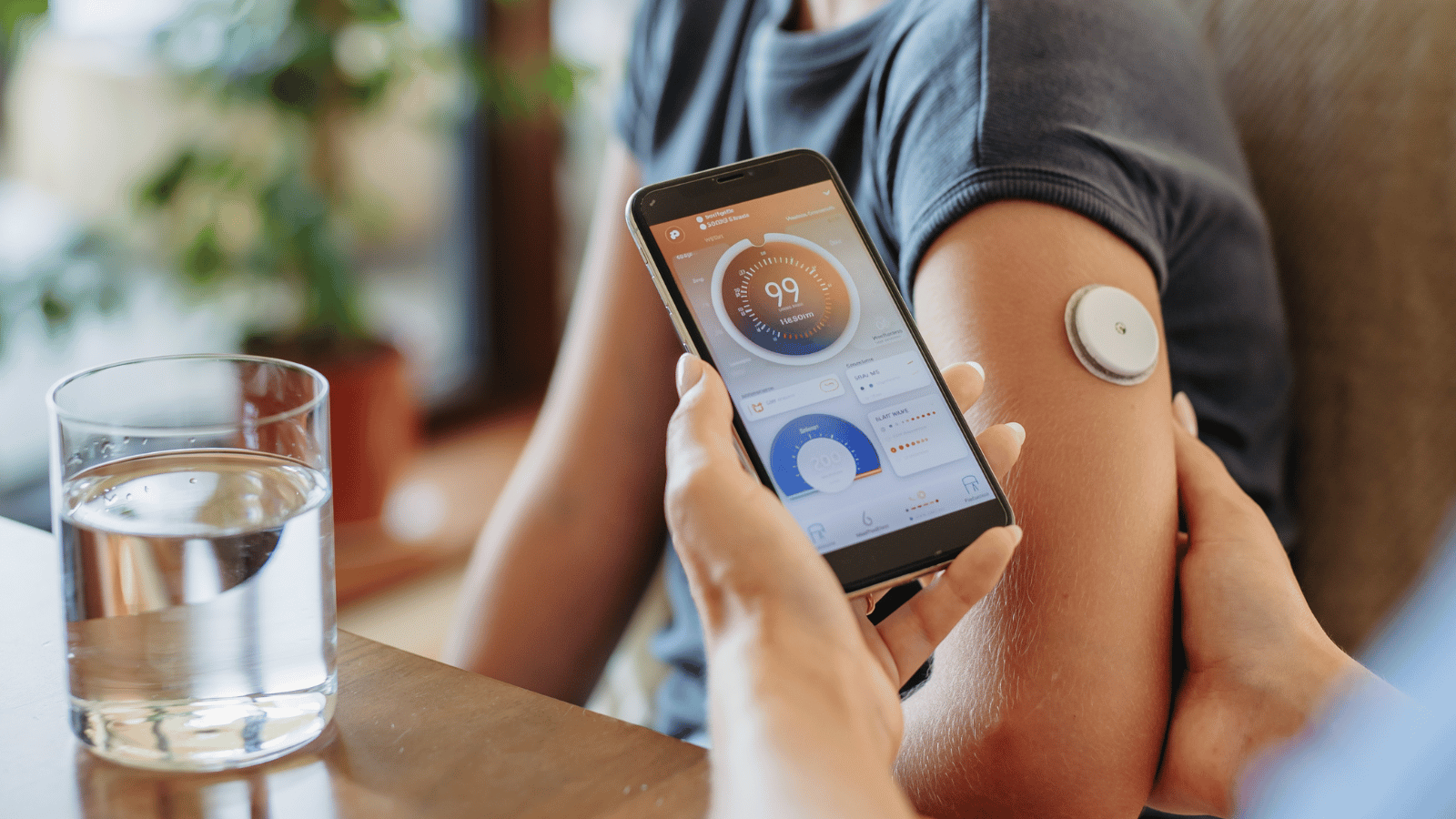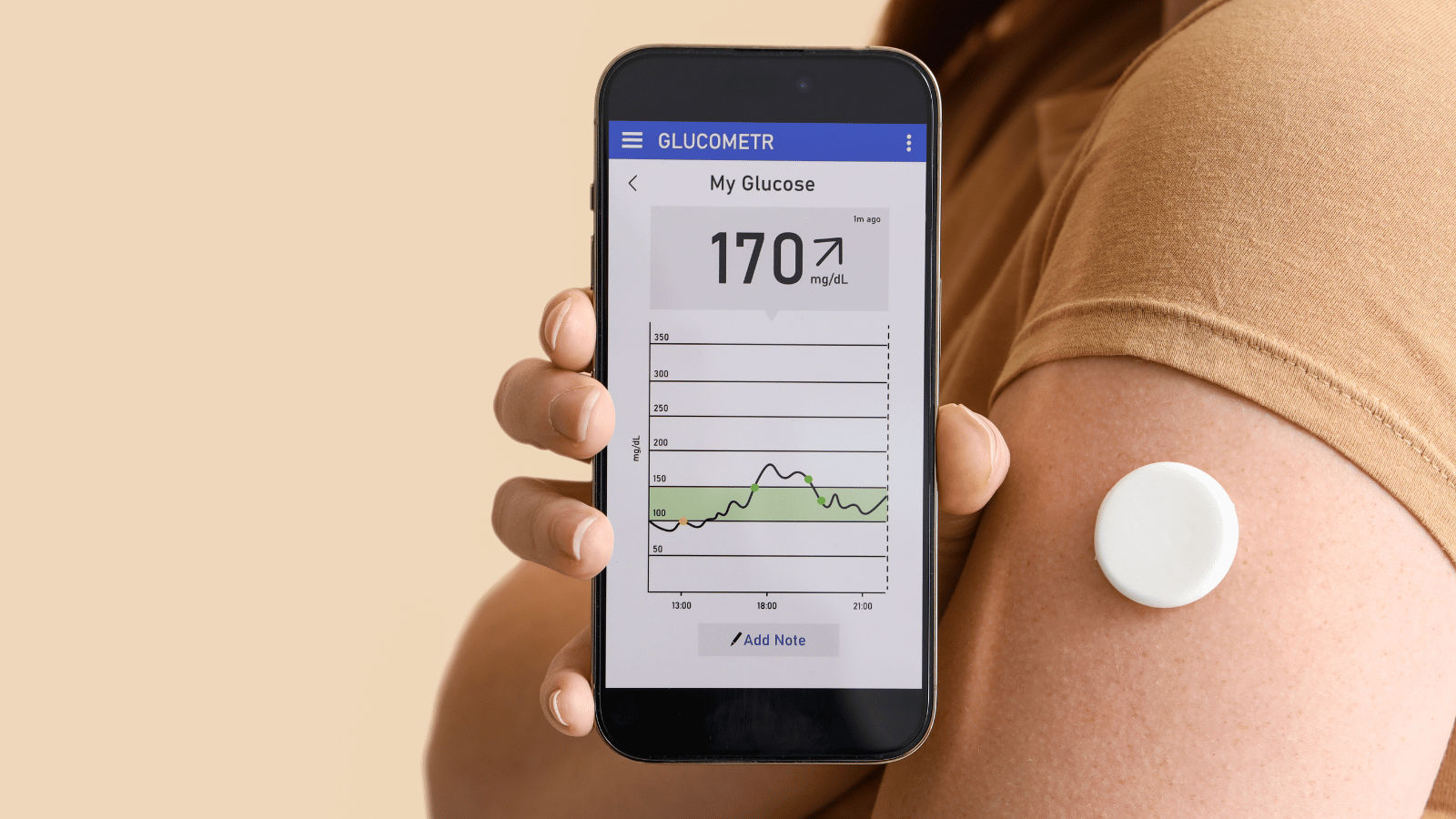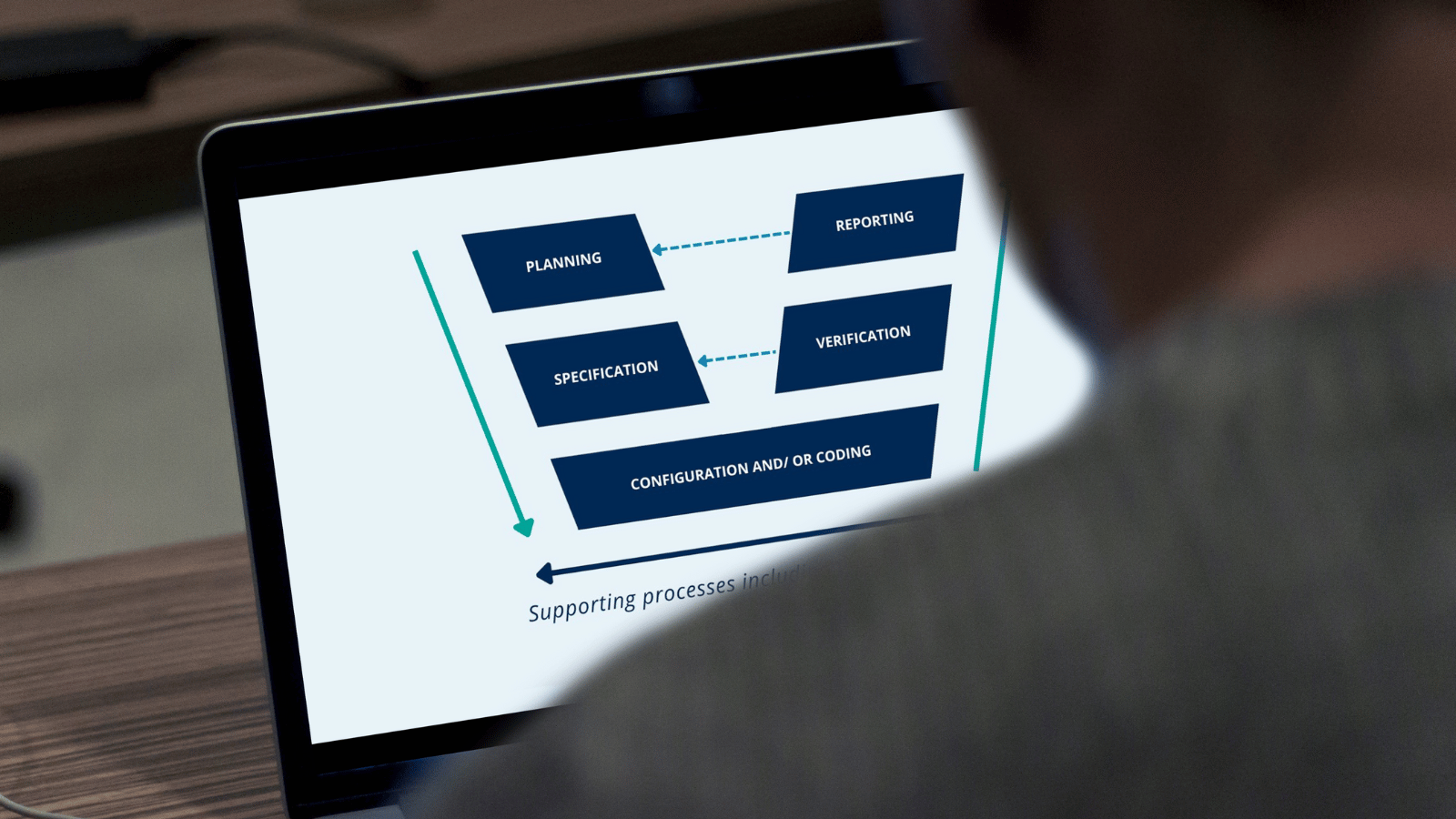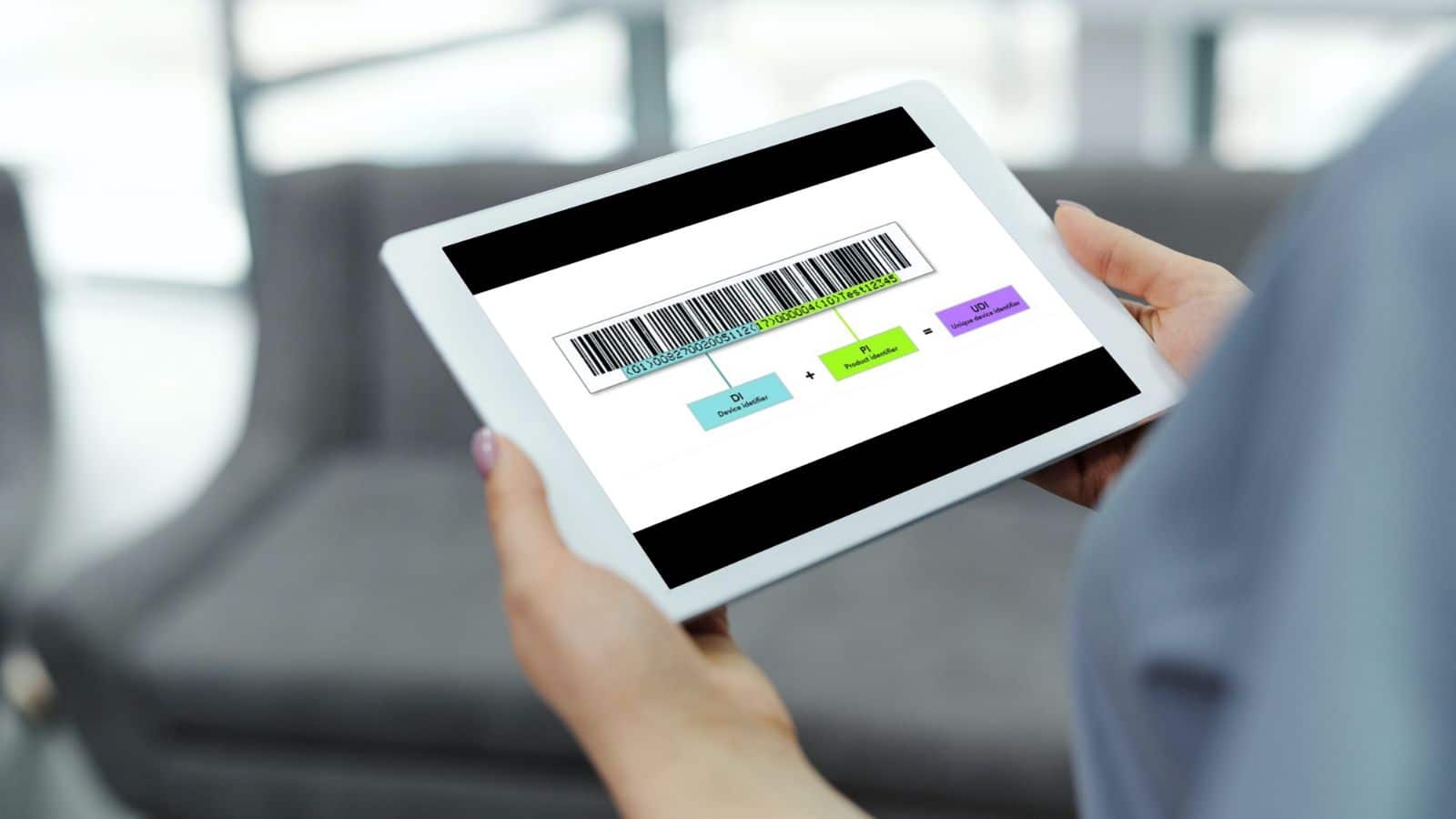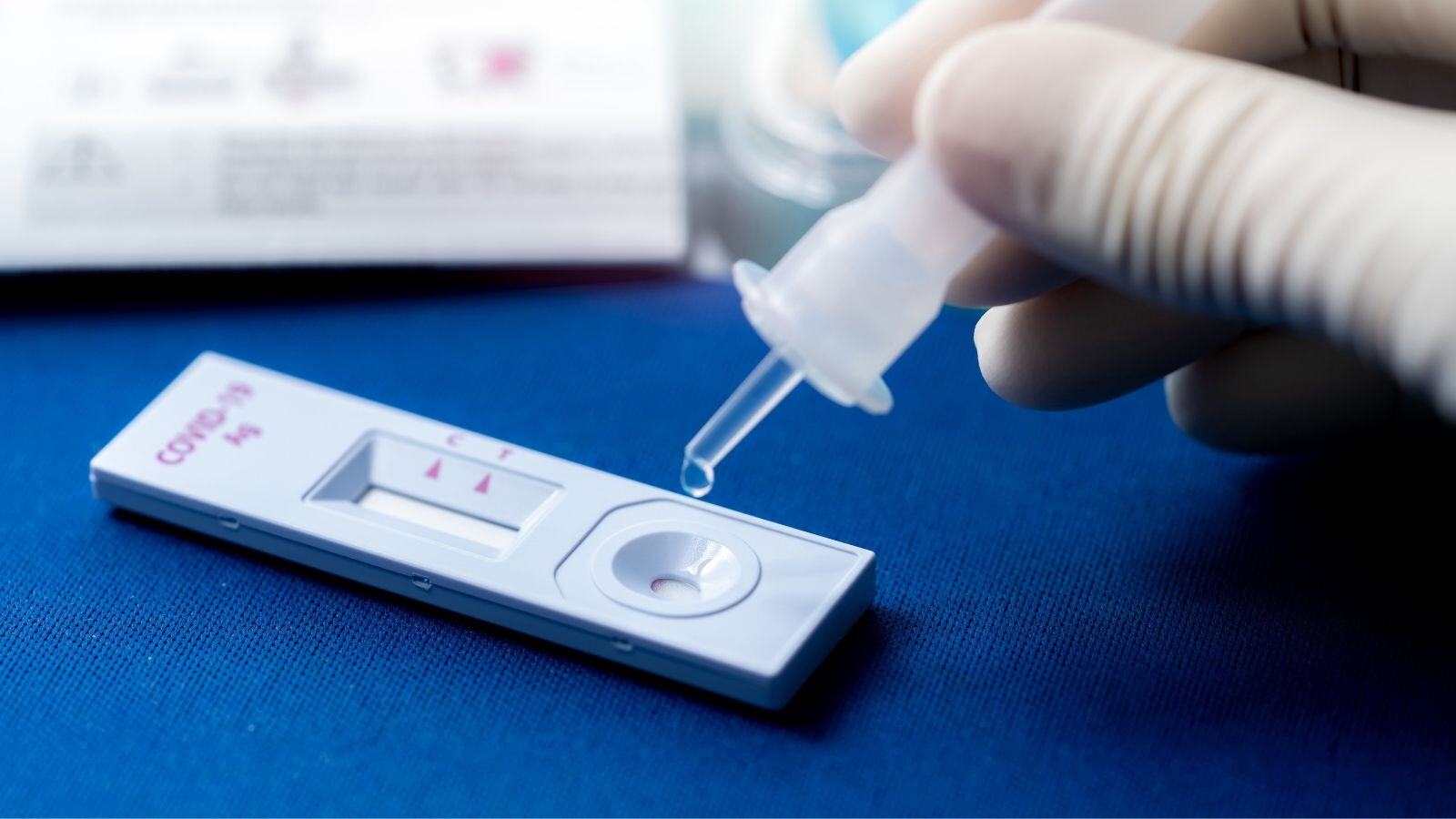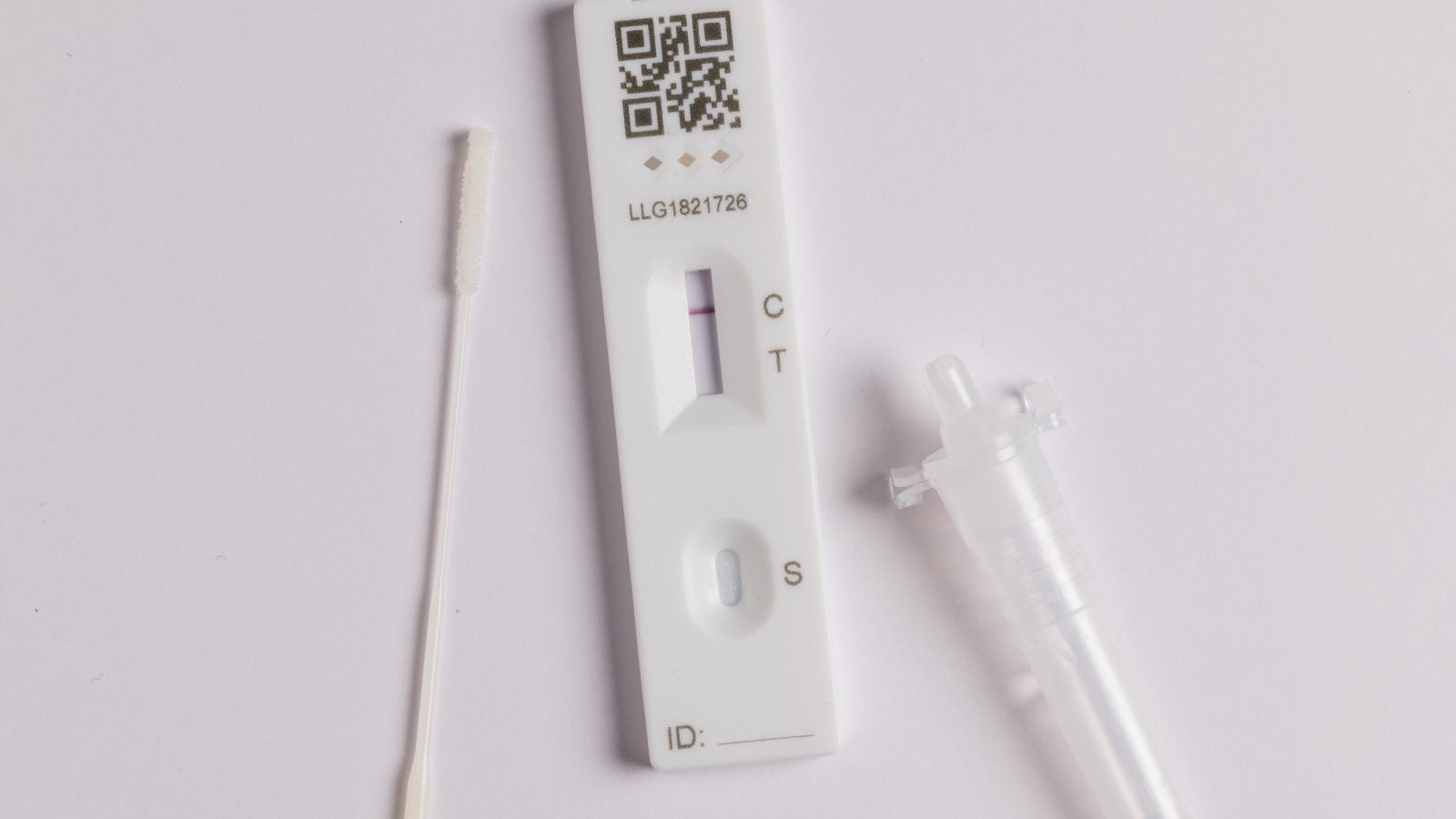
.jpg?width=1600&height=900&name=Thank%20you%20-%20contact%20-%20QbD%20Group%20(2).jpg)
Thank you for signing up to our QbD newsletter
We’re thrilled to have you on board! In the meantime, feel free to explore our tailored content, with the latest industry trends, expert analyses, and insights. Enhance your knowledge and keep informed with content that matters.
All
Blog
Case study
Regulatory update
Webinar
Whitepaper
All Industry
In Vitro Diagnostics
Medical Devices
Pharma & Biotech
All Service
Quality Assurance
Clinical
Lab Services
Qualification & Validation
Vigilance
Regulatory Affairs
Software Solutions & Services
Toxicology
Filter
All
Blog
Case study
Regulatory update
Webinar
Whitepaper
All industries
In Vitro Diagnostics
Medical Devices
Pharma & Biotech
All services
Quality Assurance
Clinical
Lab Services
Qualification & Validation
Vigilance
Regulatory Affairs
Software Solutions & Services
Toxicology

Whitepaper
16 Sep 2024
From V-model to Agile: how to embrace automation as part of the computerized system validation approach
This white paper explores why IT is shifting to agile, focuses on the prevalent Scrum methodology, and concludes with guidance on adapting system validation processes.
Read more

Case study
27 Jun 2024
Ensuring timely launch: QbD Group's role in establishing a hemophilia drug production line
QbD Group has facilitated the launch of a new drug production line for treating hemophilia, overseeing the qualification of over 100 pieces of small-scale supporting equipment.
Read more

Case study
31 May 2024
Revolutionizing pharmacovigilance: a success story of strategic partnership and seamless integration
Discover how QbD Group's expert support enhanced a pharmaceutical company's pharmacovigilance, leading to a favorable inspection outcome by the local Regulatory Authority (AEMPS).
Read more
.jpg)
Webinar
12 Jul 2023
The Medical Device CE Certification Pathway Explained: From Classification to Conformity Assessment by the Notified Body
Learn about the Medical Device CE Certification Pathway, from classification to conformity assessment by a Notified Body. Join our webinar on demand.
Read more

Webinar
13 May 2025
Extractables & Leachables in Pharma: Navigating Evolving Regulations and Toxicological Challenges
This webinar aims to provide a comprehensive overview of Extractables and Leachables (E&L) in pharmaceutical products, highlighting regulatory complexities, toxicological challenges, and practical...
Read more

Blog
21 May 2025
The role of Good Distribution Practices (GDP) and Quality Risk Management (QRM) in ensuring pharmaceutical integrity
Learn how Good Distribution Practices (GDP) and Quality Risk Management (QRM) ensure the integrity, safety, & compliance of pharma products during distribution.
Read more

Blog
26 Aug 2024
Accurate but appealing: How our scientific copywriters and designers collaborate to create captivating content
Effective communication can be the key to unlocking your company's full communication potential, and that's where skilled science writers come in, bridging the...
Read more

Blog
16 Feb 2023
The European Parliament adopts proposed amendment to Medical Devices Regulation 2017/745 (MDR) to extend transitional deadlines for legacy Medical Devices
The European Parliament has approved a proposal to extend the transitional deadlines for certain medical devices under the MDR to ensure availability of...
Read more

Blog
1 Sep 2022
Team up with a Contract Research Organization (CRO) dedicated to medical devices to boost your clinical research strategy
Discover 5 reasons to engage with an experienced Contract Research Organization (CRO) specialized in medical device studies to support you in your clinical...
Read more

Blog
17 Jul 2022
The importance of high-quality gas distribution networks for critical process gases, even in the early development phase
The quality of process gases and gas distribution networks is becoming increasingly important for biotech pharmaceutical processes and ATMP sites. In this...
Read more

Regulatory update
14 May 2025
New Manufacturer Incident Report template and IMDRF terminologies for categorized Adverse Event Reporting released
On May 5th, 2025, the European Commission published a new revision of the Manufacturer Incident Report (MIR) template for reporting of serious incidents under...
Read more

Regulatory update
5 Mar 2025
Call for expression of interest in coordinated assessment of clinical investigations/performance studies
On February 6th, 2025, the EU Member States and the European Commission announced the launch of a pilot coordinated assessment of clinical investigations under
Read more

Regulatory update
27 Jun 2024
MDCG 2022-13 Rev.1 – Designation, Re-assessment, and Notification Process for Conformity Assessment and Notified Bodies
On June 17th, 2024, the Medical Device Coordination Group (MDCG) released a new revision of the guidance to the authorities responsible for notified bodies and...
Read more

Regulatory update
27 Jun 2024
Urogynaecological Surgical Mesh Implants for Pelvic Organ Prolapse and Stress Urinary Incontinence Repair (MDCG 2024-1-5)
On June 11th, 2024, the Medical Device Coordination Group (MDCG) released a new Device Specific Vigilance guidance (MDCG 2024-1-5 - DSVG 05) for...
Read more
 No Blog Post Found!
No Blog Post Found!









.png?width=109&height=108&name=Pharma%20(2).png)
.png?width=111&height=108&name=Medical%20Devices%20(2).png)
.png?width=84&height=107&name=IVD%20(2).png)
















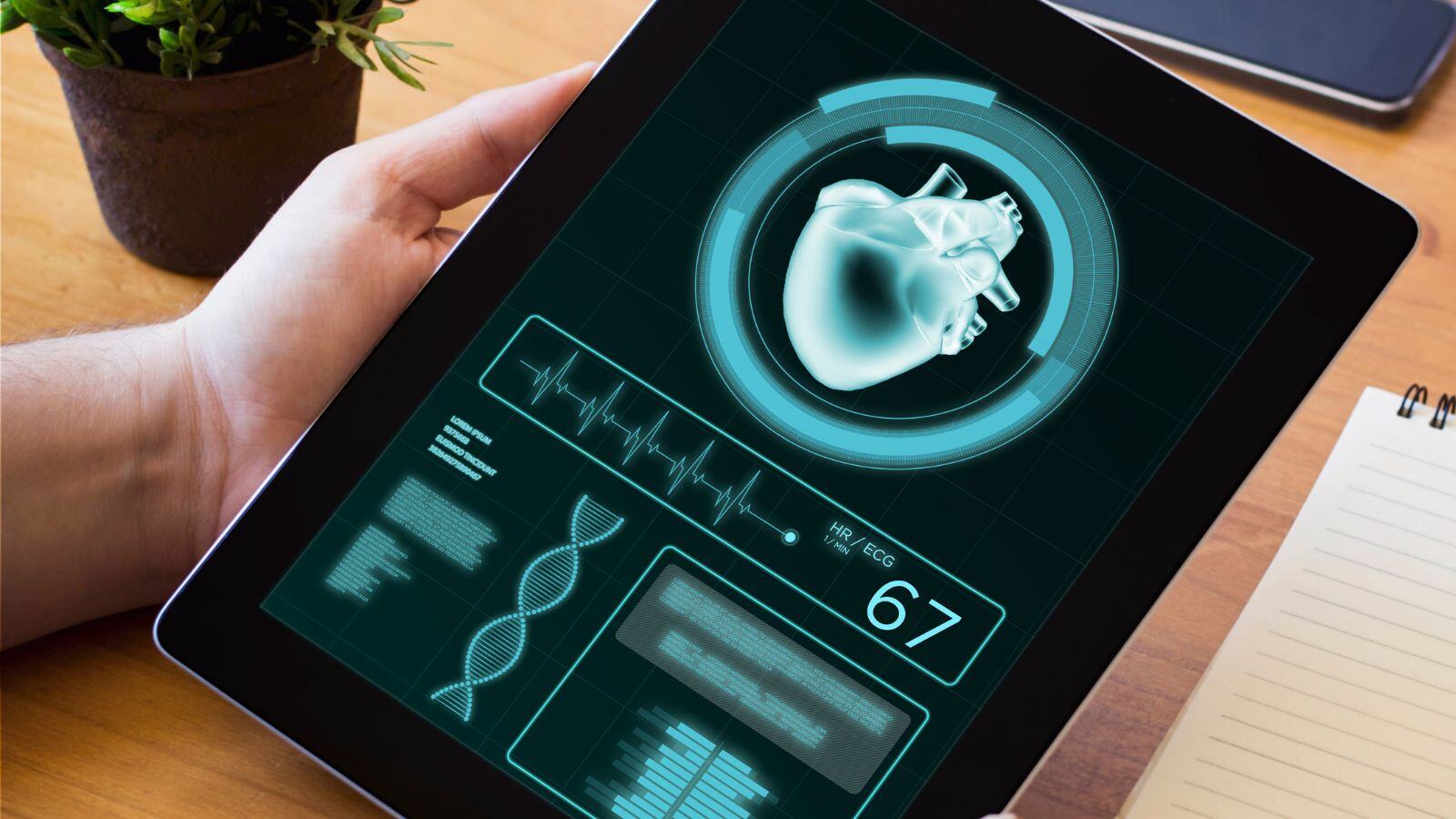










.png)

.jpg)

.jpg)

.jpg)
.png)


.jpg)
.jpg)




.jpg)




.jpg)




.jpg)


%20Checklist.jpg)







































































